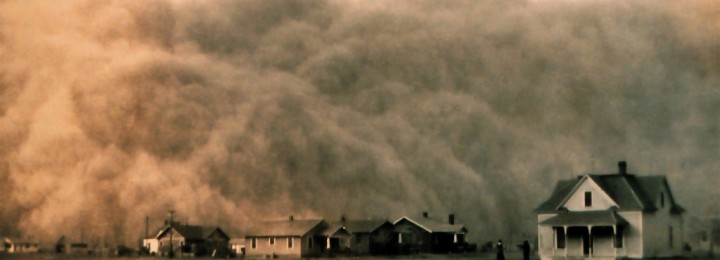Climate science
-

Here are some interesting stories I have read in the news in the past couple of weeks. Maybe you will find them interesting too. Meteorological Technology International: NSF NCAR anticipates hurricane clusters weeks in advance Readers Digest: How Exactly Are Hurricane Names Chosen? Yale Climate Connections: Meteorologist turns frightening flight into research project American Agriculturalist:…
-

I took a little time off this week to celebrate my husband John Knox’s award for excellence in teaching in the University System of Georgia as a recipient of the Felton Jenkins, Jr. Hall of Fame Faculty Awards, one of the highest awards in the state of Georgia for his work in university teaching. He…
-

I typically do not mention the Farmer’s Almanac (or the Old Farmers’ Almanac) in my blog because I know how unscientific it is and how poorly it does when rigorously tested. But I thought you might enjoy reading this blog post from the Colorado Climate Blog written by my colleague Peter Goble, who goes into…
-

Here is a new term for me. I have not heard of the term “Atlantic Niña” before. But according to NOAA’s ENSO blog, an Atlantic Niña is similar to a Pacific La Niña in that it brings colder than normal ocean water to the surface of the eastern Atlantic. NOAA is expecting one to form…
-

Many one-day high temperature records were set in the 1930s in the United States. There is no doubt that there was very hot weather during that time in the central US, and a lot of that can be linked to land use changes caused by misuse of farmland as well as some shifts in ocean…
-

As I am sitting at home writing this, I hear thunder outside. One of my favorite sounds any time of year! You may be interested to know that there are several types of lightning that can occur in the atmosphere. This recent post from my friend Alicia Wasula of STM Weather describes the different types…
Posted in: Climate science -

Those of you who like exciting movies may be planning to see the movie “Twisters”, which is somewhat an extension of the movie “Twister” from quite a few years ago about storm chasers competing to get the best tornado footage. Here is a discussion about the science in the movie from Dr. Marshall Shepherd of…
Posted in: Climate science